Take a good look at the all-new cars launched in the next couple of years, as they’re the last of their kind
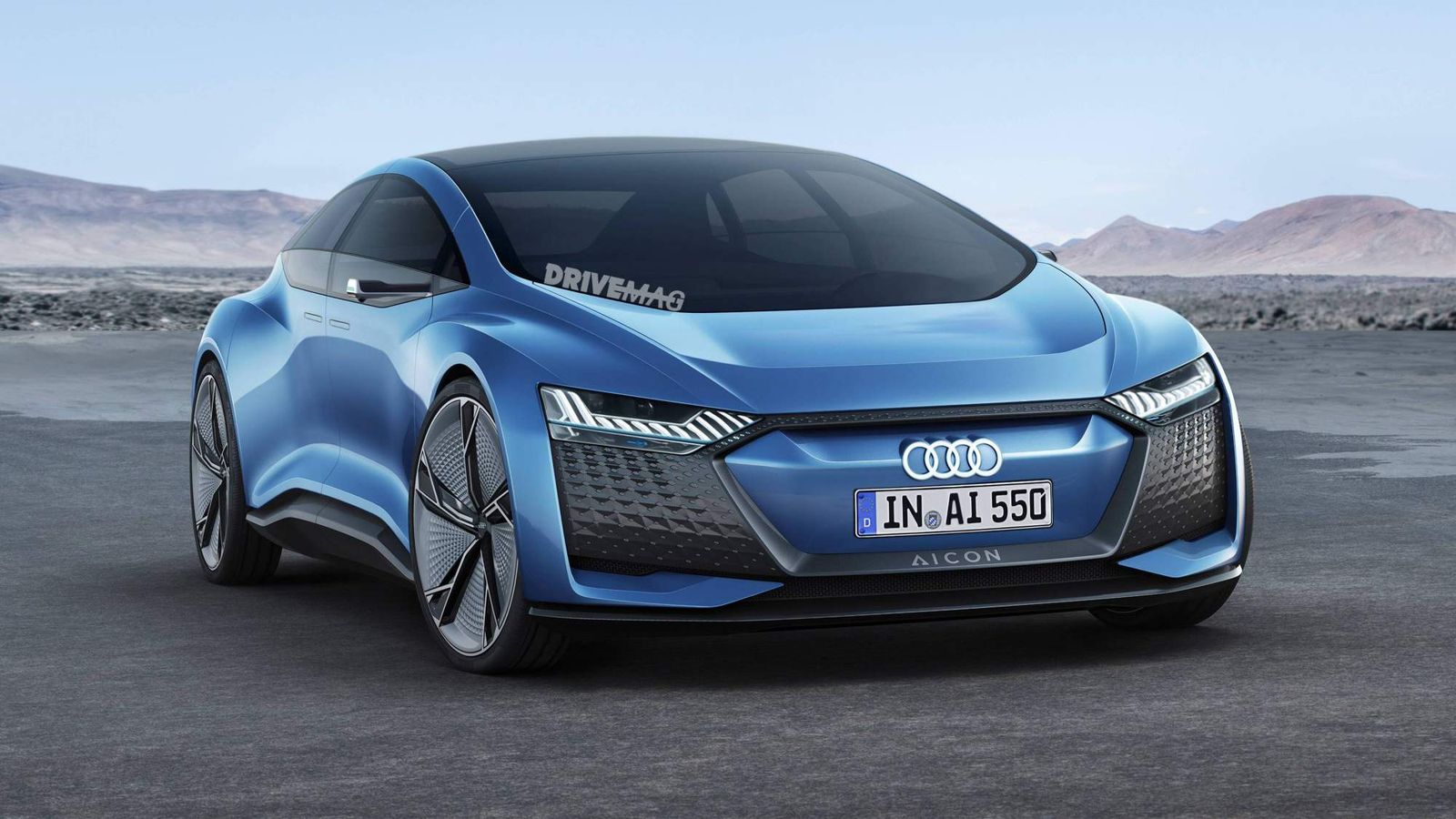
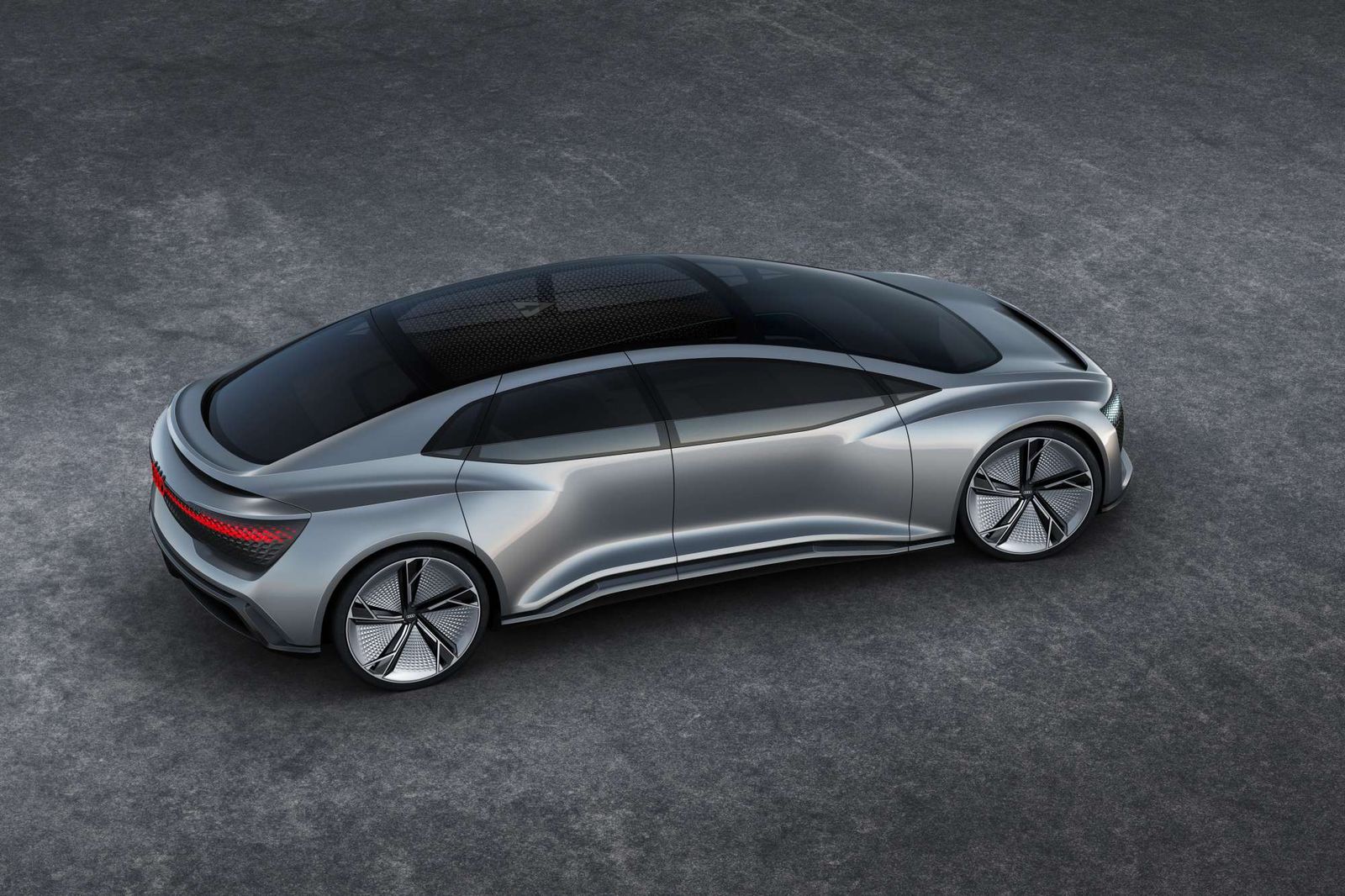

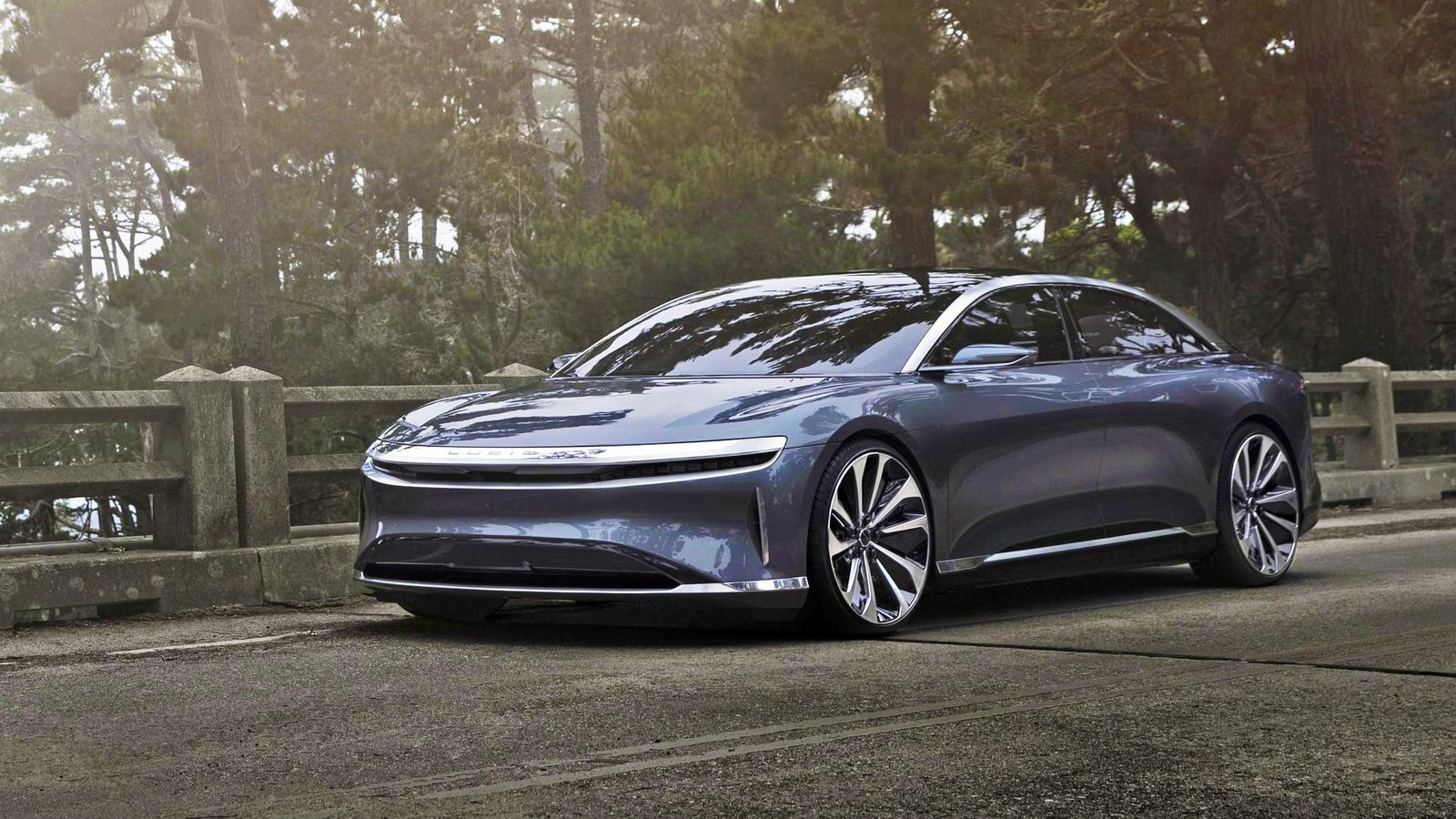

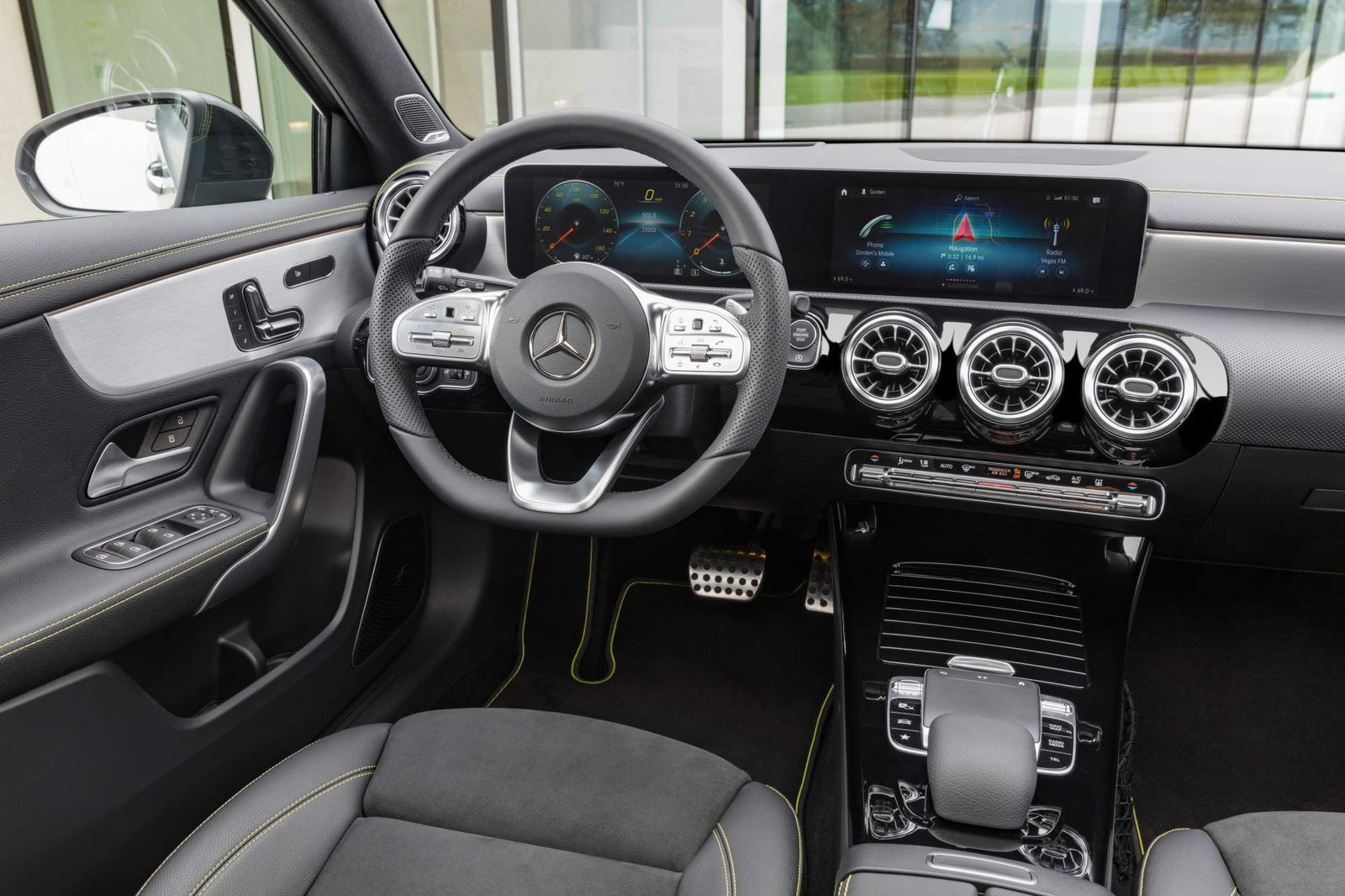
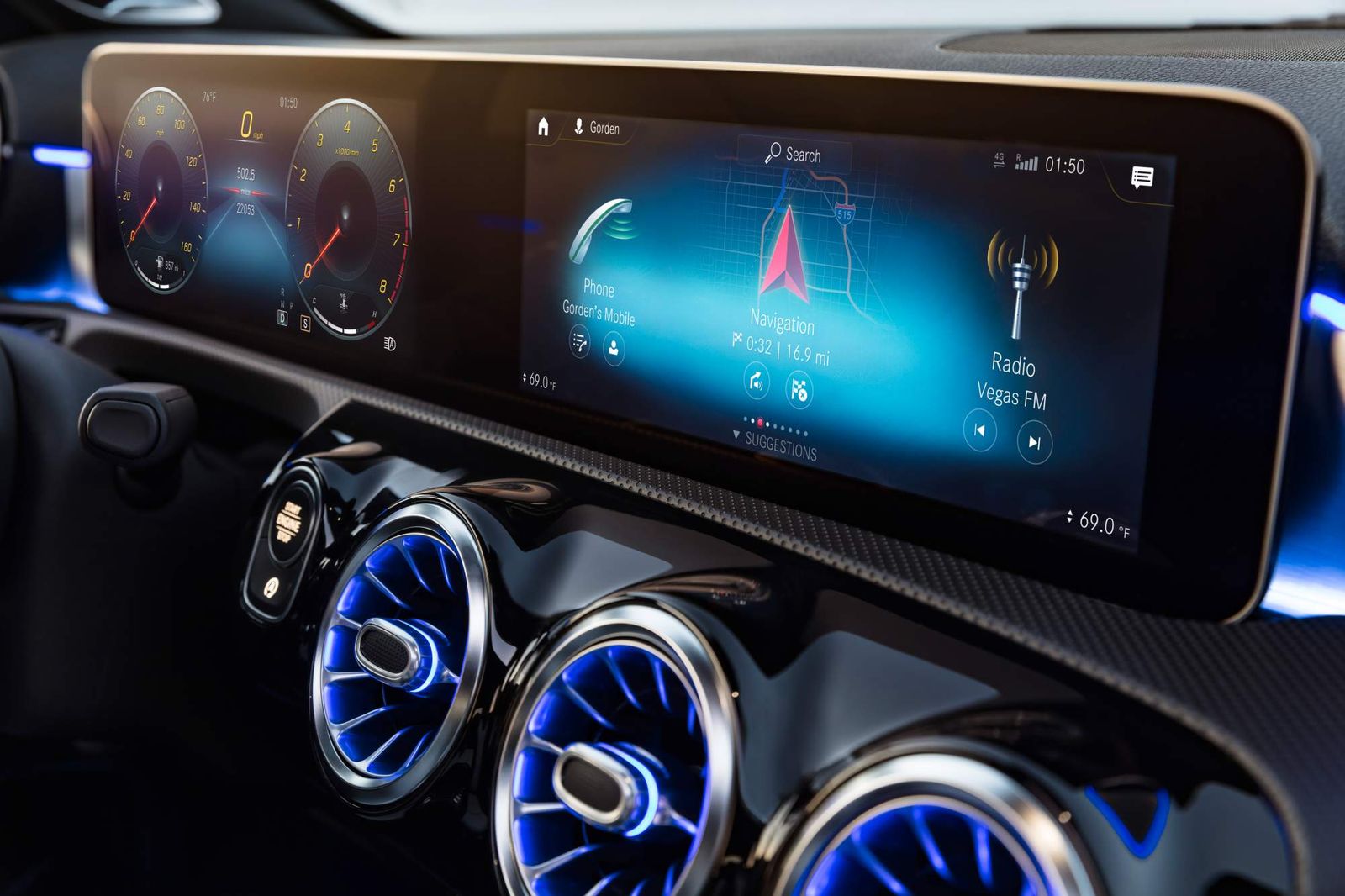
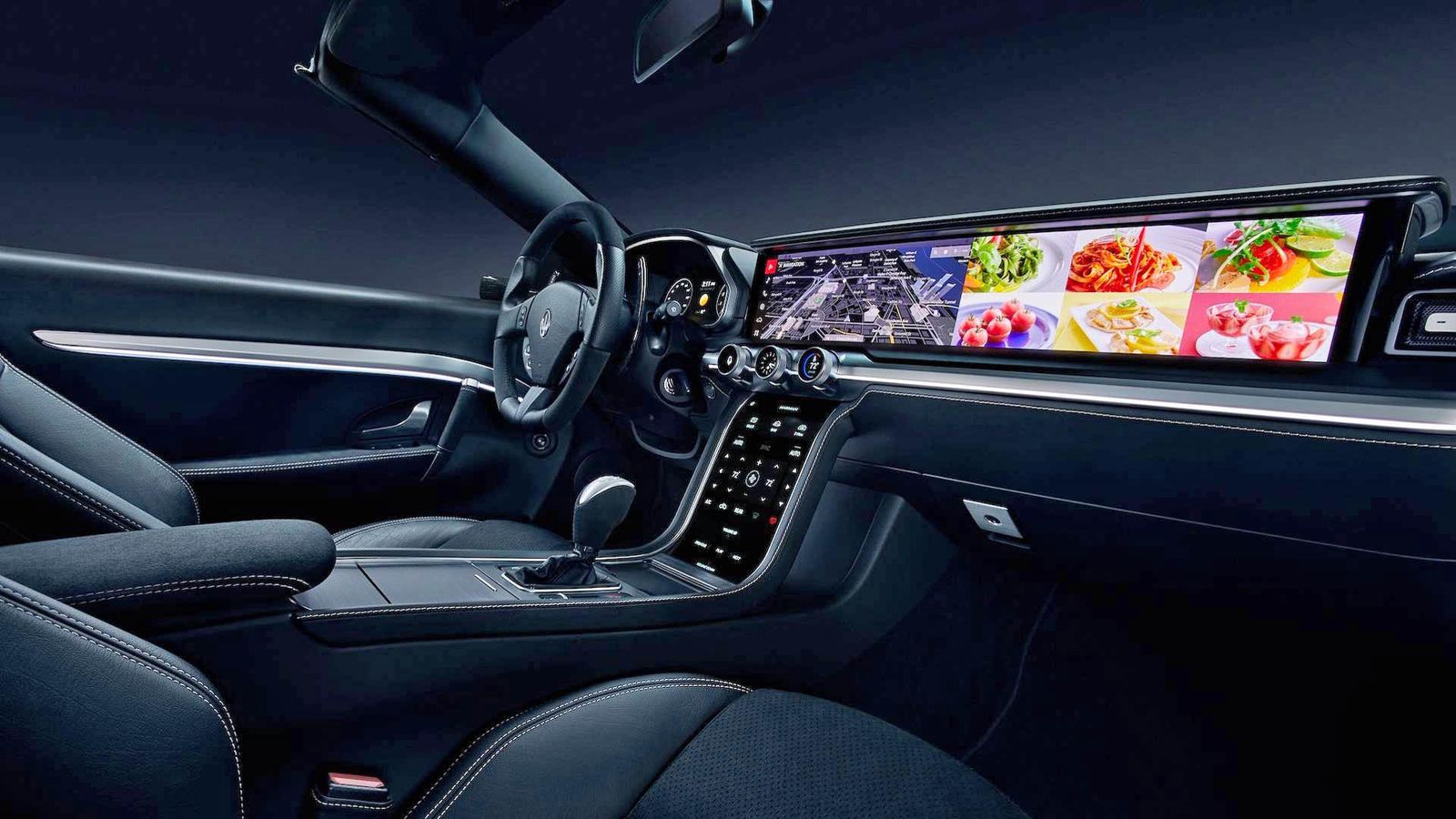
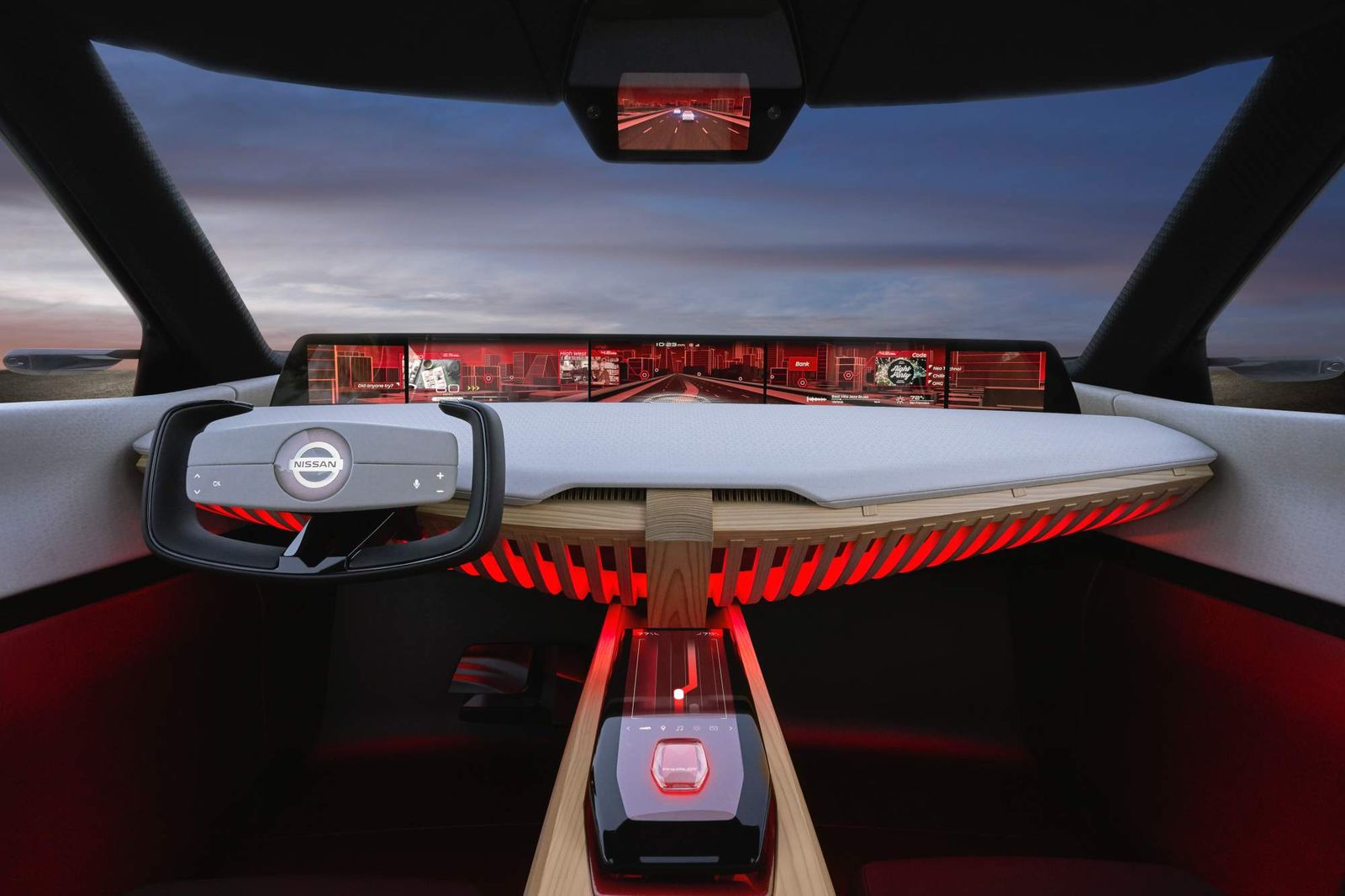
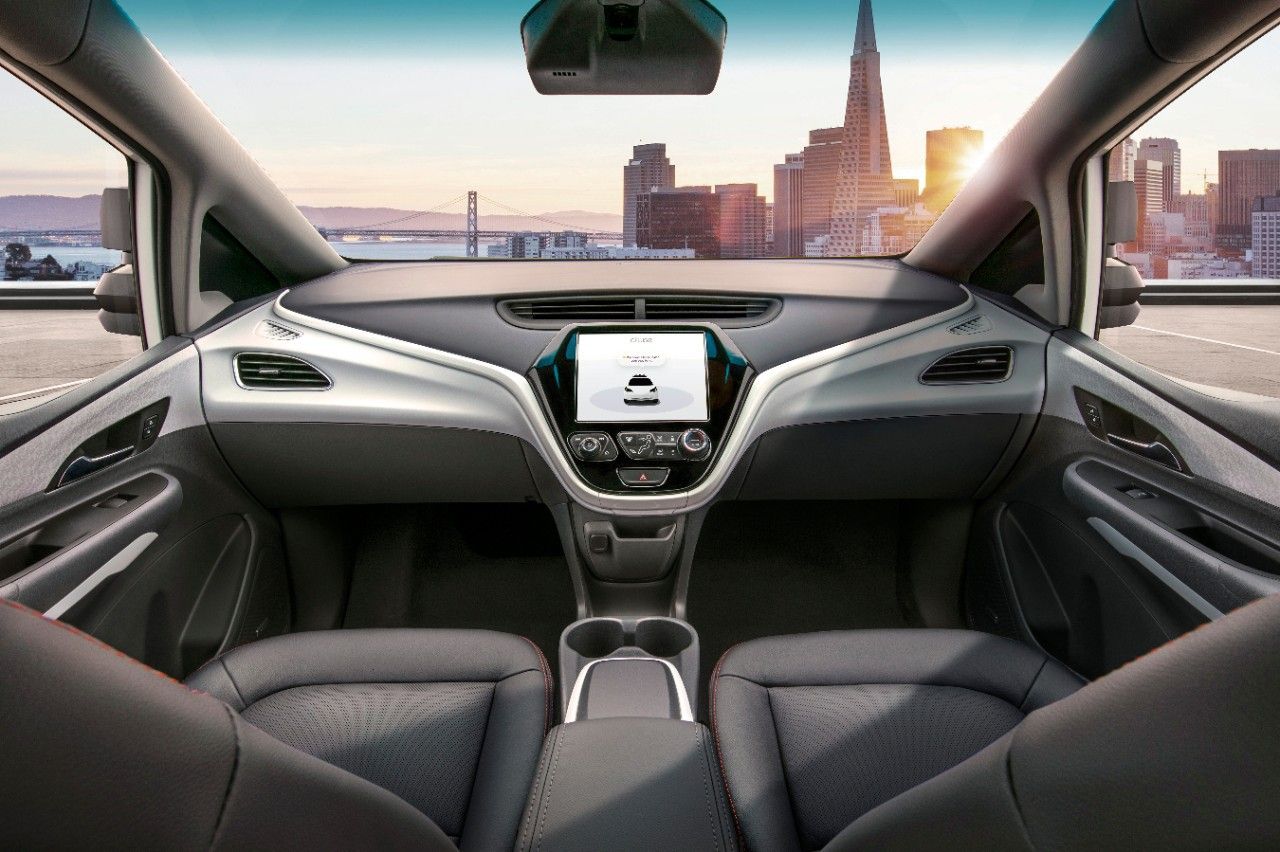
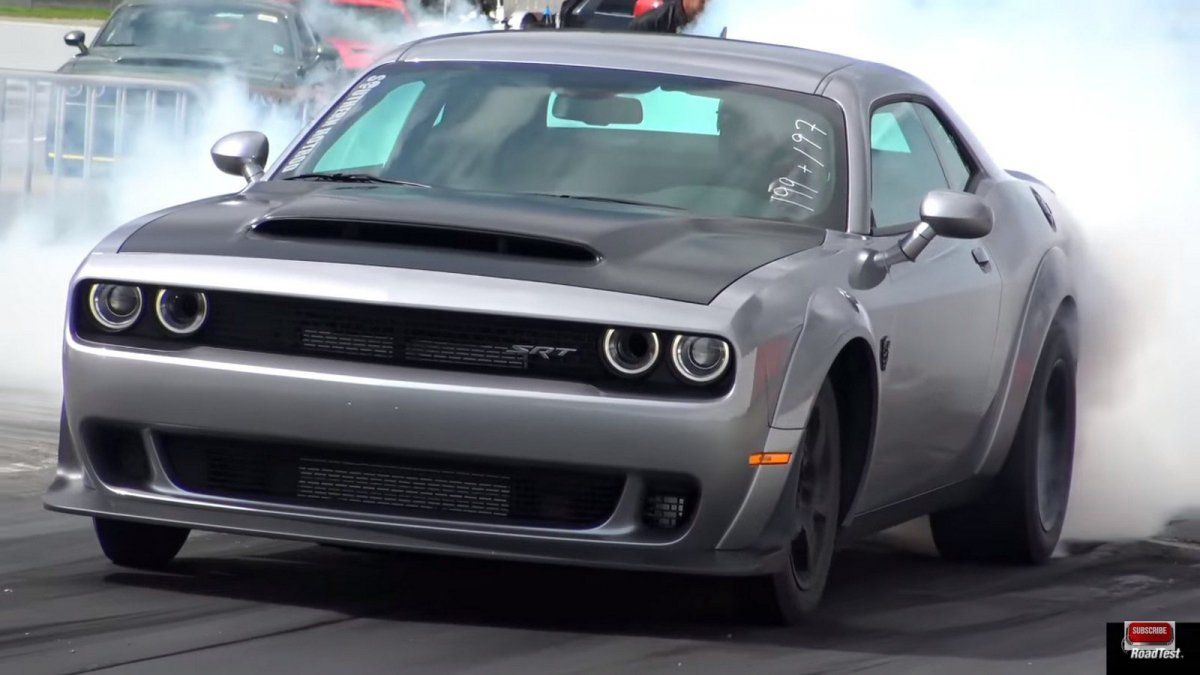
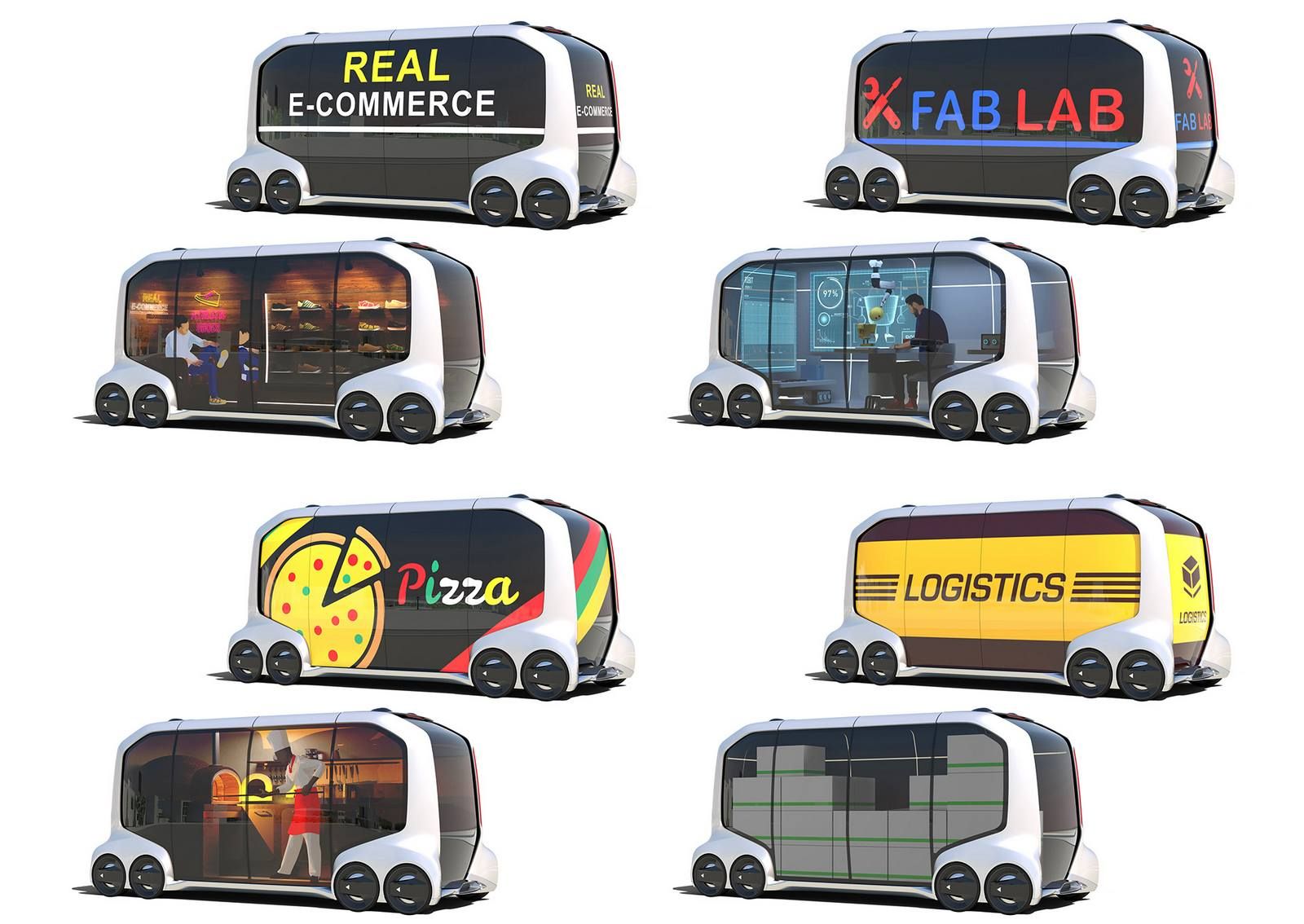
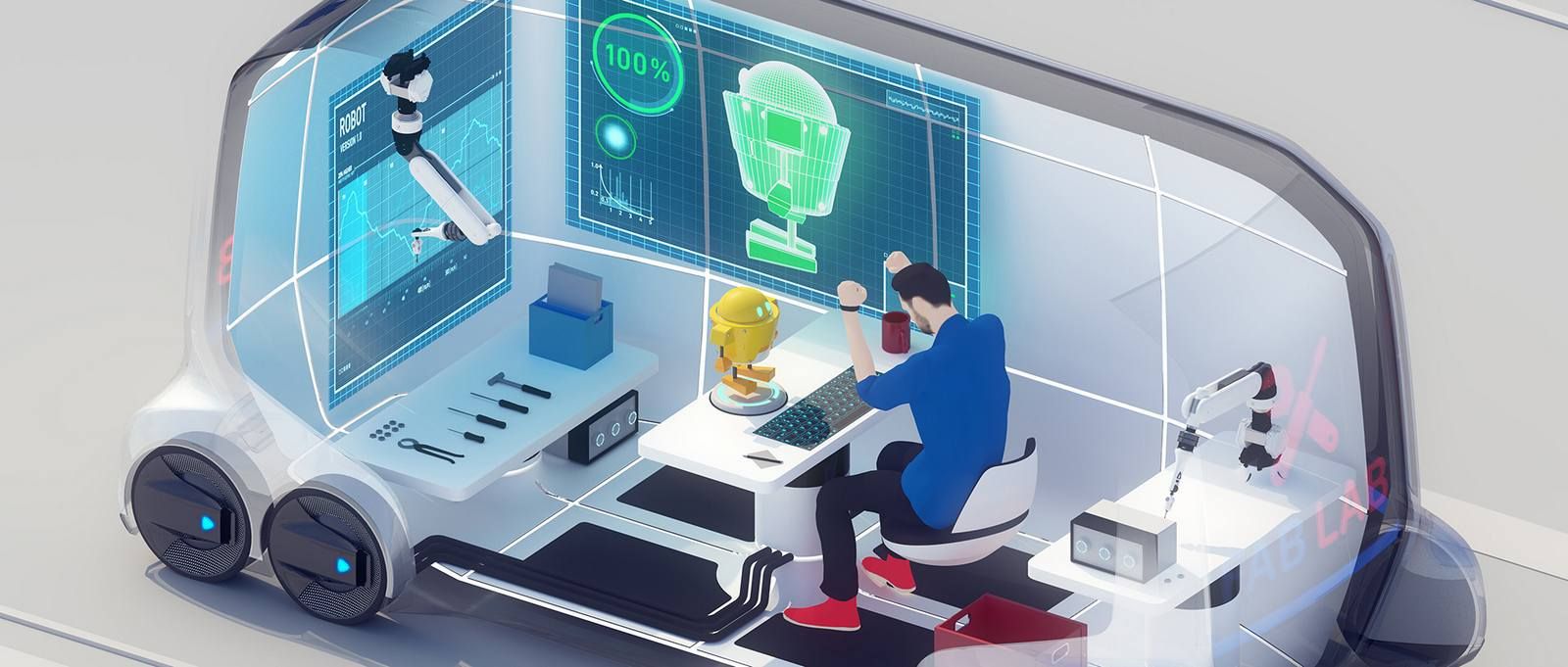
When a 9-mile asteroid struck Mexico 66 million years ago, the dinosaur age was in full swing. Everything changed in an instant, and the current car world is due for a similar fate
We're living a defining moment of the car's history: the one that comes immediately after the huge asteroid struck, and everything has to change and adapt rapidly if it wants to survive. Because yes, we're not due a devastating impact, we already experienced it. And no, it's not the advent of Elon Musk's electric Tesla craze (albeit it has its own disruptive power), but especially the variety of emission norms that are rapidly implemented all over the world in an effort to stop poisoning ourselves – and the planet – with our cars.

The time horizon for these new regulations is extremely short for the auto industry – under five years, sometimes even less. Combined with market forces, they have the impact of a massive asteroid strike right in the middle of Planet Car. And this will change everything.
Take a good look at the latest cars being launched today: all-new generations of the Audi A6, BMW 3 Series, Mercedes-Benz A-Class and so on. They're in for a good eight-year run, so they'll most likely look more or less the same on the outside in 2026 when they will be replaced by another new generation of cars.

Yes, when you compare them with their preceding generations, things changed a lot: infotainment systems are much more advanced, driving aids assist the driver in new and exciting ways, and engines are more efficient than ever. But there's not a fundamental change from what their makers offered in 2010 – there still is a driver behind the wheel, an internal combustion engine under the hood and lots of heavy metals under their body.

Today's brand-new car generations already show signs of Darwinian adaptation: they all lost around 7% of their weight through the use of aluminum and carbon fiber, they all offer at least mild hybrid features that mean a reduction of about 10% in fuel consumption, and they all have advanced driving assist functions making them much safer than their preceding generations. But they're still dinosaurs, and they know it.

This transitional period will continue for the next couple of years. However, with 2020 on the horizon, things will change dramatically. Level 4 and level 5 autonomous vehicles will become available – some of them are even tested on the streets as I write this. Electrification will be the norm, and I can already bet that none of the above-mentioned models will offer a diesel engine in 2026.

On the contrary, expect them to have advanced hybrid systems, when they will not skip the dinosaur-fueled internal combustion engine altogether for an all-electric model. What's more, if an internal combustion engine will be present, most often it will be in the form of a range extender. Many of them will also make extensive use of much cheaper carbon fiber and composite elements, and charging times will be only a fraction of what current electric cars owners experiment.

Drivers would still be behind a steering wheel, but most of the time they will pay no attention to the road ahead, as the car will drive by itself both on the highway and around the city. Only the winding secondary roads will remain out of reach for autonomous cars in the 2020s, but not for long.

At the end of the next decade, the car will have completely transformed into something else: a self-driving electric vehicle shared with others as a part of a larger, more complex transport system. The car as pure pleasure, the car as a passion will still exist – mostly under its sports and supercar form, but everyday cars will be, in fact, another species: they will be robots.

And this species of transportation robots will dominate public and personal transport for the next centuries or so, unless we discover a way to teleport ourselves, making cars completely obsolete. It will morph into personal transport pods once the passion of human driving disappears and it will evolve into a self-aware transport system towards the middle of this century.

It will decide everything about going from A to B and will simulate thrilling driving conditions if we're able to pay for it – like a roller coaster that is exhilarating to ride but also extremely safe and predictable. And it will never let itself driven by an unstable organic creature.

People going places in 2118 will do a quick mind search for what cars were like a century before and will strive to understand how could we be so crazy as to drive them at high speeds without the help of a computer system. As for the smell of burned petrol? It will be there, next to lead poisoning, CFCs, aerial nuclear tests and the other ecological disasters that risk dooming life on this planet.

So, yes, take a good look at today's all-new car generations. Because what you really see are dinosaurs plunging towards their long-predicted death.
Until that happens, just enjoy the ride.